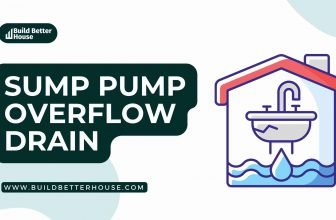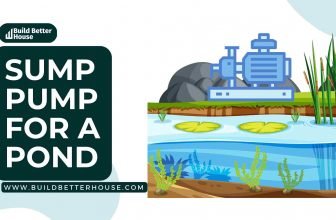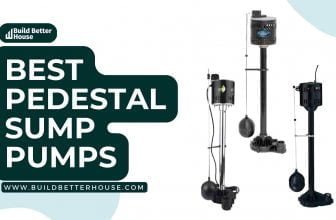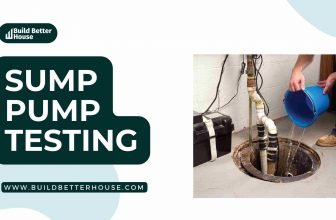Sump Pump Maintenance: Essential Tips for a Dry Basement
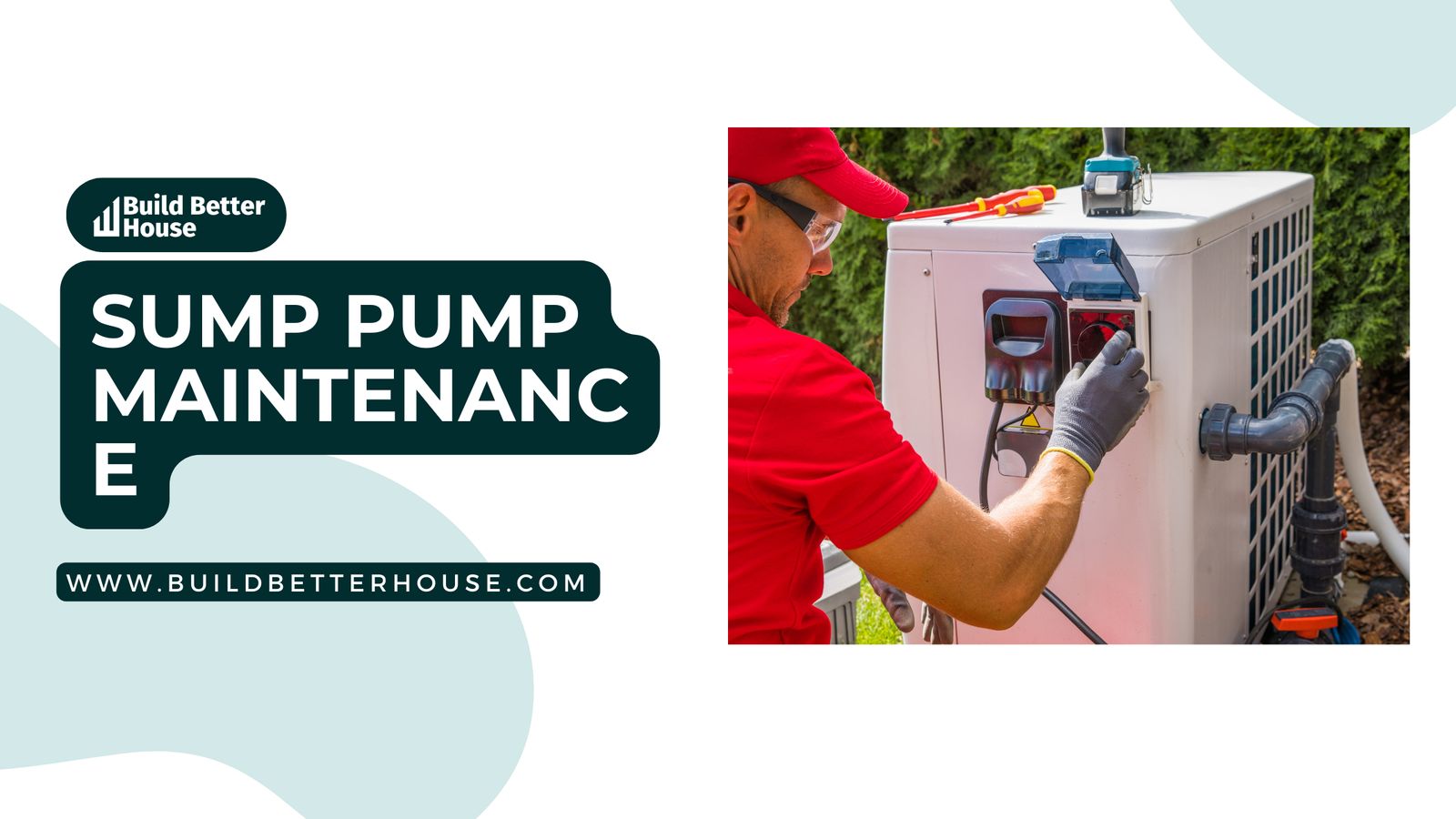
Sump pumps play a vital role in protecting your home from water damage, particularly in areas prone to flooding or with high water tables. These powerful devices, often located in basements or crawl spaces, spring into action when water levels start rising, pumping water away from your home and preventing costly damage. For this reason, it’s crucial to ensure your sump pump is well-maintained and functioning optimally.
Regular sump pump maintenance is essential to avoid unexpected system failures when you need it the most. By testing and inspecting your pump periodically, you can identify potential issues before they become bigger problems. Keeping the system clean, addressing repairs promptly, and knowing how to troubleshoot common issues will not only prolong the life of your sump pump but also provide you with the peace of mind knowing that your home is protected from potential water damage.
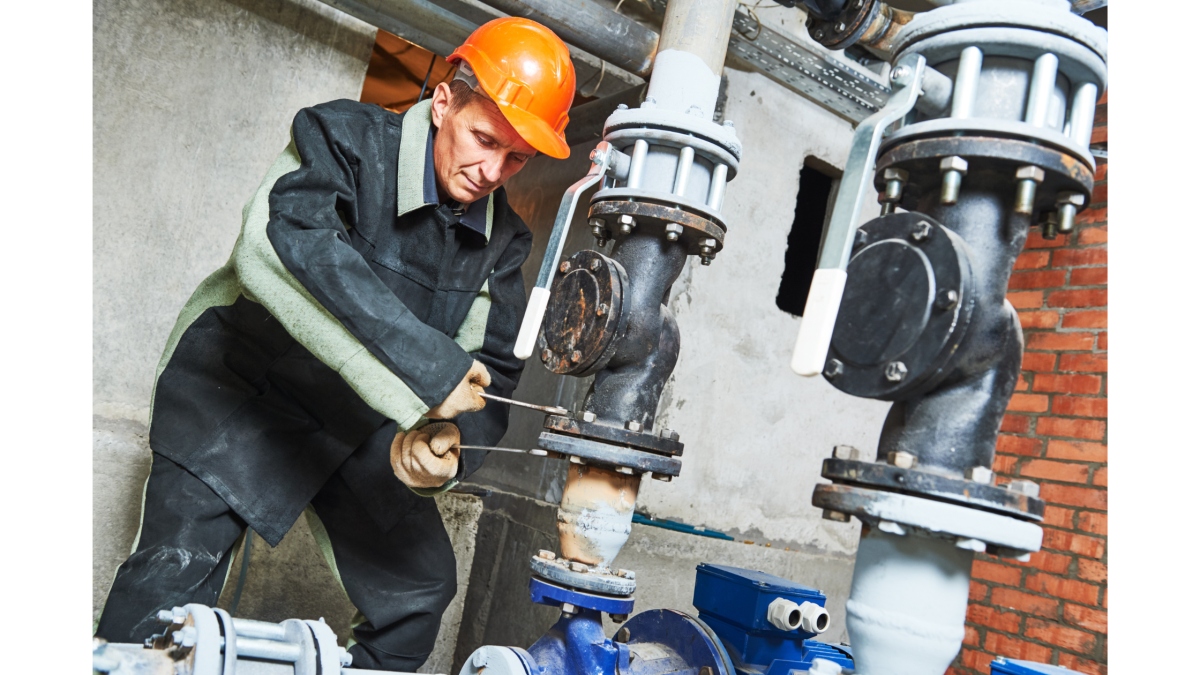
Key Takeaways
- Regular maintenance is crucial for sump pump performance and longevity.
- Periodic testing and inspection help identify and resolve issues early on.
- Timely cleaning and repairs prevent costly damage and prolong the device’s life.
Sump Pump Basics
Types of Sump Pumps
There are generally two types of sump pumps: submersible pumps and pedestal pumps. Submersible pumps are installed in the sump pit and are designed to be fully submerged in water, whereas pedestal pumps are installed outside the pit and have a long, vertical discharge pipe. Both types have their pros and cons, and the best choice depends on your specific needs and budget.
How Sump Pumps Work
A sump pump is a small pump installed in the lowest part of a basement or crawlspace to help keep the area under your home dry and prevent flooding. When water enters the sump pit, the float switch elevates, and the sump pump begins to pump the water out. The water is then discharged through a pipe away from your home. This helps prevent ground water and water from a high water table from seeping into your basement or crawlspace and causing damage.
Importance of Sump Pump Maintenance
Your sump pump is a crucial line of defense against basement flooding and water damage. To ensure its proper functioning, it is essential to perform regular maintenance. Here are some key maintenance steps:
- Test your sump pump by pouring a few gallons of water into the sump pit. Make sure the float switch elevates, the pump starts, and the water is pumped out.
- Inspect the discharge pipe for any clogs, leaks, or obstructions that could prevent the water from being pumped out.
- Clean the sump pit to remove any debris that might interfere with the pump’s operation.
- Check the power supply to ensure the pump is receiving power, and consider installing a backup pump in case of power outages.
By taking these steps, you can help ensure your sump pump is working efficiently and effectively when you need it most.
Frequency of Maintenance
Sump pump maintenance is essential to ensure its efficient operation and to prolong the life of the pump. In this section, we’ll explore the recommended frequency for different maintenance tasks.
Monthly Checks
It’s crucial to perform regular monthly checks to make sure your sump pump is in good working condition. Here are some steps to follow:
- Test Your Sump Pump: Pour a few gallons of water into the sump pit to check if the float switch elevates, and the device starts pumping the water out. Ensure the pump turns off once the water is eliminated.
- Inspect the power cord: Make sure the cord is in good shape and securely plugged in.
- Check the discharge pipe: Inspect for any obstructions, leaks, or damage to the discharge pipe.
Quarterly Inspections
In addition to monthly checks, undertake quarterly inspections to ensure the optimal functioning of your sump pump. Here’s what you can do every three months:
- Clean the pump screen or inlet: Remove any debris or buildup that might be obstructing water flow or affecting the pump’s efficiency.
- Examine the float and switch: Ensure the float moves freely without any obstructions, and the switch is functioning as it should.
- Inspect the check valve: Check the valve for proper operation, ensuring it prevents water from flowing back into the sump pit.
Annual Maintenance
Finally, some maintenance tasks should be carried out annually to keep your sump pump in optimal working condition.
- Flush the sump pit: Remove any accumulated debris from the sump pit to ensure proper drainage and prevent clogs.
- Inspect and clean the impeller: The impeller is responsible for moving water through the pump. Make sure it’s free of debris and clean it as needed.
- Examine the pump’s exterior: Look for any signs of wear, rust, or damage. Schedule a professional inspection if necessary.
By following this maintenance plan, you can ensure your sump pump performs at its best when needed. Regular maintenance can help to prevent costly repairs or replacements and keep your home protected from water damage.
Testing and Inspection
Water Flow Test
To test the water flow in your sump pump, first ensure the power is connected. Pour a bucket of water into the sump pit, and observe if the pump turns on and effectively removes the water. If the pump fails to activate or has difficulty pumping, further inspection may be necessary.
Float Switch Inspection
Examine the float switch to make sure it’s free to move and not obstructed. Clean any debris that could hinder the float’s movement, and then test the float switch by manually lifting it. The pump should activate when the float is raised.
Inlet Opening and Screen Check
Inspect the inlet opening and screen for blockages that might restrict water flow into the pump. Remove any obstructions and debris that could compromise the pump’s efficiency. Regularly clean the inlet screen to ensure the optimal functioning of your sump pump.
Safety Measures
Always keep safety in mind when inspecting and maintaining your sump pump. Before conducting any tests or inspections, make sure to unplug the pump and turn off the circuit breaker to avoid electrical hazards. If your sump pump is connected to a GFCI (ground-fault circuit interrupter) outlet, ensure it’s working properly by testing the GFCI and resetting it if necessary.
Remember to routinely check your sump pump’s components, such as the float switch, inlet screen, and check valve, for efficient performance. By performing regular maintenance and inspections, you can ensure the longevity and proper functioning of your sump pump.
Cleaning and Repair
Sump Pit Cleaning
To maintain the proper functioning of your sump pump, regularly clean your sump pit. Start by removing the pump from the pit and draining any standing water using a shop vac. Next, use a damp cloth or a sponge to wipe down the walls of the sump pit. This will help keep debris and buildup at bay, ensuring that your system continues to operate smoothly.
Debris Removal
Over time, your sump pump can become clogged with debris. To prevent this, regularly check the pump’s intake screen, which can be found at the base of the unit. If you notice buildup on the screen, gently remove it with a plastic scraper or putty knife, being careful not to damage the pump. Once the debris is removed, rinse the screen thoroughly with a garden hose.
Discharge Line Maintenance
It’s important to keep the discharge line clear and free-flowing to prevent backups and flooding. Periodically inspect the discharge pipe for any signs of clogging or obstruction. If you have a check valve, disassemble it carefully, drain any trapped water, and clean the valve thoroughly. Afterward, reassemble the valve and test your sump pump to ensure that the discharge line is functioning correctly.
Impeller Inspection
The impeller is a vital component of your sump pump, propelling water up through the discharge pipe. Regularly inspect the impeller for wear and tear, such as cracks, breaks, or warping. If the impeller is showing signs of aging or damage, it’s time to replace it. In some cases, you may need to replace the entire pump if the impeller cannot be replaced separately.
Pump Replacement
Over time, your sump pump will age and wear down, potentially leading to reduced performance or failures. To avoid costly repairs and potential water damage, proactively replace your sump pump based on its expected lifespan or when you notice signs of aging. Consult the pump’s manual for the recommended replacement timeline and follow professional installation guidelines to ensure a seamless transition to your new sump pump.
Preventing Water Damage
Back-Up Pump Systems
To prevent water damage in your home, consider installing a backup sump pump system. This will provide an extra layer of protection against flooding. A backup pump activates when the primary pump fails or becomes overwhelmed. To ensure proper functioning, it’s crucial to routinely test your backup pump by pouring water into the sump pit and observing if it starts pumping the water out.
Power Source Solutions
Power outages can cause your primary sump pump to fail, leaving your basement vulnerable to flooding. To counteract this risk, invest in a battery backup or alternate power source for your sump pump. Choose a high-quality, reliable battery system that can maintain continuous operation during power outages and storms. Regular inspections of the battery and charger will help ensure their effectiveness during emergencies.
Drainage System Enhancements
Improving your home’s drainage system can help prevent water damage. Start by checking for any clogs or obstructions in your gutters, downspouts, and drainage pipes. Clearing debris will promote efficient water flow away from your foundation. Additionally, consider installing a French drain or an alternative drainage system to further prevent flooding.
Proper Coverage and Sealing
Protect your basement and foundation from water damage by examining your home’s coverage and sealing. Make sure any basement windows have well-fitted window well covers to prevent water intrusion. Inspect the grading around your home to ensure water flows away from your foundation, preventing pooling near the walls. Finally, invest in high-quality waterproofing sealants to apply to your basement walls and floors, preventing water seepage and damage.
By implementing these strategies, you can significantly reduce the risk of water damage to your home. Maintaining your sump pump system, power source, drainage system, and coverage will help keep your basement dry and your home safe from costly water damage.
Troubleshooting Common Issues
Power Supply Problems
Check your sump pump’s power supply if it’s not working. Ensure the pump is properly plugged in, and inspect the circuit breaker. Make sure to pay special attention to the ground fault circuit interrupter (GFCI) if your pump is connected to one, as they may trip. In that case, press the reset button on the GFCI.
Clogged or Leaking Pipes
Examine your sump pump’s pipes for any blockages or leaks. A clogged pipe can prevent the proper flow of water, and leaking pipes can lead to standing water, which may cause corrosion. Regularly cleaning the system’s pipes can help you avoid these issues. Make sure vents and pipes are clear of debris, and repair or replace any damaged pipes as needed.
Failed Motors and Switches
A failed motor or float switch can prevent your sump pump from functioning. If the float switch doesn’t go up despite a high water level, check for potential issues. The float ball might have a hole, allowing water to enter, causing a malfunction. It’s important to replace any failed components as soon as possible to avoid water backup in your basement.
Straining or Unusual Noises
Pay attention to any strange noises coming from your sump pump system. Rust or corrosion can cause the motor to strain, producing unusual sounds. Regular maintenance can help prevent rust and corrosion, ensuring the pump runs smoothly. If you notice unusual noises even after routine maintenance, consult a professional to diagnose the problem and recommend appropriate action.
Frequently Asked Questions
How often should a sump pump be inspected?
It is recommended that you inspect your sump pump at least once a year, preferably before the rainy season starts. For homes in areas with high groundwater or flood-prone zones, more frequent inspections, such as every six months, are advised. Regular inspections will help ensure your sump pump is functioning optimally and catch any issues early.
What is the typical sump pump maintenance checklist?
A standard sump pump maintenance checklist includes:
1. Checking for debris and cleaning the sump pit.
2. Inspecting the float switch for proper operation.
3. Running the pump to ensure it’s working efficiently.
4. Examining discharge pipes and valves for leaks or damages.
5. Testing the backup battery and replacing it when necessary.
6. Inspecting the power source and ensuring the pump’s connections are secure.
Do certain sump pump brands require specific maintenance?
While most sump pumps have similar maintenance needs, some brands may have unique requirements or recommended upkeep processes. Always consult your owner’s manual for specific maintenance instructions for your particular sump pump model.
How can the lifespan of a sump pump be extended through maintenance?
Regular maintenance can significantly extend the lifespan of your sump pump. Keep the sump pit clean, check the float switch for proper operation, ensure the pump is running efficiently, and inspect the discharge pipes, valves, and power source. By addressing any issues proactively, you can maximize the performance and life expectancy of your sump pump.
What are common signs that a sump pump requires maintenance?
Some common signs that indicate your sump pump may need maintenance include:
1. Strange noises coming from the pump.
2. The pump running continuously or cycling on and off rapidly.
3. Water not being discharged effectively.
4. A foul smell coming from the sump pit.
5. The float switch is stuck or not functioning.
If you notice any of these signs, it’s a good idea to address the issue and perform maintenance to avoid potential pump failure or damage.
Are there professionals who specialize in sump pump maintenance?
Yes, there are plumbing professionals who specialize in sump pump maintenance and repair. If you are unsure about maintaining your sump pump yourself or encounter issues beyond your expertise, it’s best to seek assistance from an experienced professional. They can provide reliable maintenance and repair services to ensure your sump pump is functioning efficiently and protecting your home against water damage.



